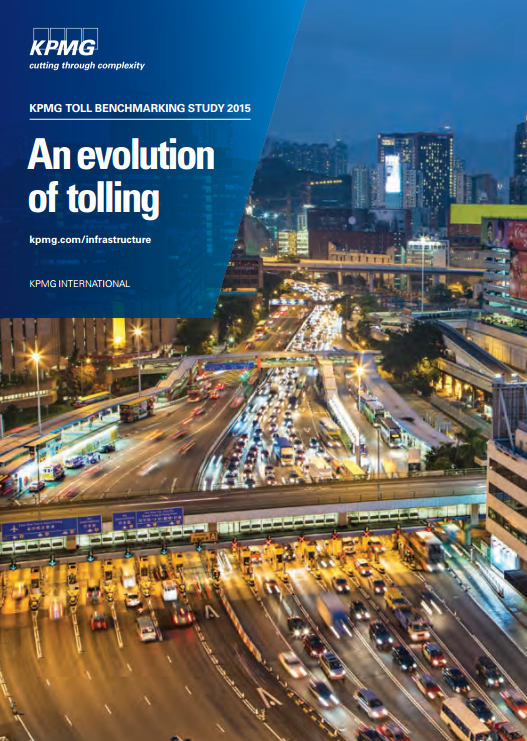Publications
Filter by
605 results found
MIT guidelines define the criteria and procedures for ex-ante evaluation of infrastructure gaps in Italy, ex-ante assessment of project and selection of projects to be included in the multi-year program of public investments

The Joint MDB Statement for Crowding-in Private Finance builds on the previously approved Principles for MDBs’ Strategy Crowding-in Private Sector Finance for Growth and Sustainable Development, and the 2016 Joint Declaration of Aspirations on Actions to Support Infrastructure Investment.


The efficiency of toll roads is important. Not just for tolling operators, but also for governments, investors and the driving public.


In just a few years, ESG, also known as sustainable or responsible investing, has moved from a slightly idealistic nicheto front-page, a mainstream dimension for investors, one that strongly influences the performance and resilience of their investment over time. This is particularly the case in infrastructure, in view of its wide reaching and long-term consequences for the community.

This Railway Reform Toolkit aims to provide an easy-to-use resource on the rail industry and to provide an experience-based set of best practices to aid in the planning and execution of railway reforms.

This Railway Reform Toolkit aims to provide an easy-to-use resource on the rail industry and to provide an experience-based set of best practices to aid in the planning and execution of railway reforms.




This paper first identifies the long-term risks associated with land sale, second the paper proposes the land trust or land lease for the development of infrastructure investment and industrialization purposes.


A practical guide for governments, informed by a country-lens review of leading practices


G20 finance ministers and central bank governors developed a set of leading practices to promote and prioritize quality infrastructure investment.


By delivering efficient, cost-effective and innovative maintenance services, well-designed output and performance-based road maintenance contracts can help maintain road assets and achieve value-for-money.


This guide outlines five steps in the context of achieving a knowledge exchange, (i) Anchor the knowledge exchange, (ii) Define the knowledge exchange, (iii) Design and develop the knowledge exchange, (iv) Implement the knowledge exchange, (v) report the results. Case studies from South America and Africa are discussed with reference to this guide.

Lifelines lays out a framework for understanding infrastructure resilience—the ability of infrastructure systems to function and meet users’ needs during and after a natural shock—and it makes an economic case for building more resilient infrastructure.

This report analyzes the major transformational economic opportunities and challenges which include tourism, labor mobility, ICT, oceanic tuna fisheries, deep sea minerals, climate change and natural disasters, and non-communicable diseases in Pacific Island countries.


A G20 report prepared by the Global Infrastructure Hub reviewing the extent to which Multilateral Development Banks (MDBs) create incentives within their organisations to crowd-in private finance to fund public infrastructure.


The MDBs Joint Declaration of Aspirations on Actions to Support Infrastructure Investment is a tool developed to ensure that MDBs work together to scale up infrastructure investment and attract private sector investment.

Multilateral Development Banks led by the International Finance Corporation - published a new joint platform, Global Toolbox, in January 2018.

The MDBs’ Joint Declaration of Aspirations on Actions to Support Infrastructure Investment is a tool developed to ensure that MDBs work together to scale up infrastructure investment and attract private sector investment.

The report “Making Blended Finance work for the SDGs” supports the OECD DAC blended principles for unlocking commercial finance for SDGs and further sharpens their focus on the deployment of development and commercial finance on the objectives of development.

This G20 Eminent Persons Group on Global Financial Governance report recommends reforms to the global financial architecture and governance of the system of International Financial Institutions (IFIs), aiming to promote economic stability and sustainable growth and consider how the G20 could better provide continued leadership and support for these goals.



